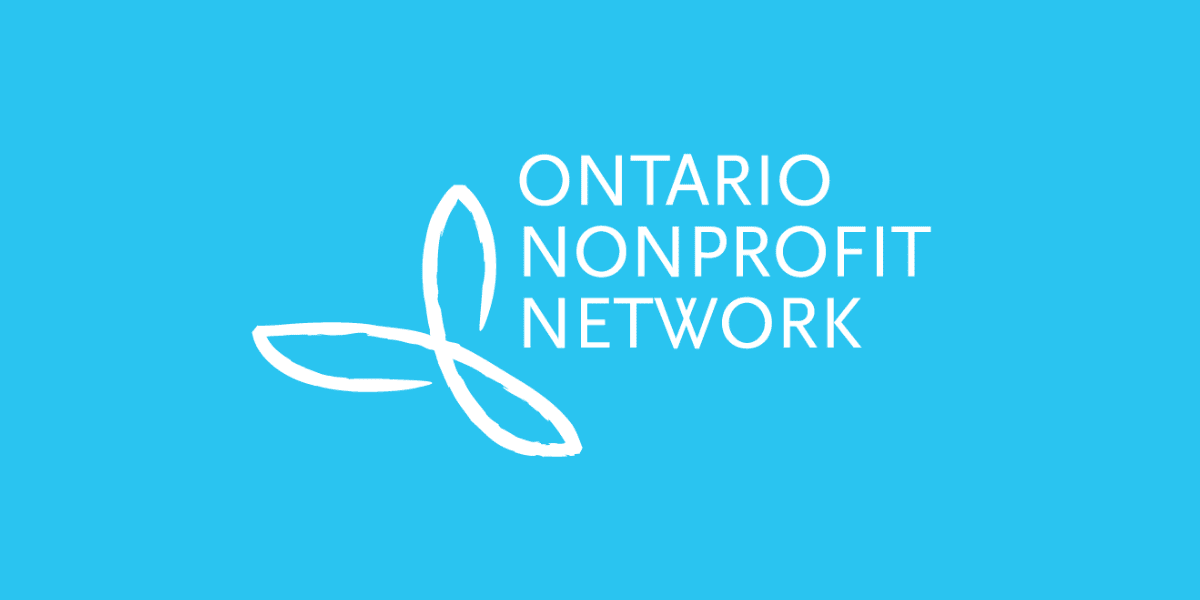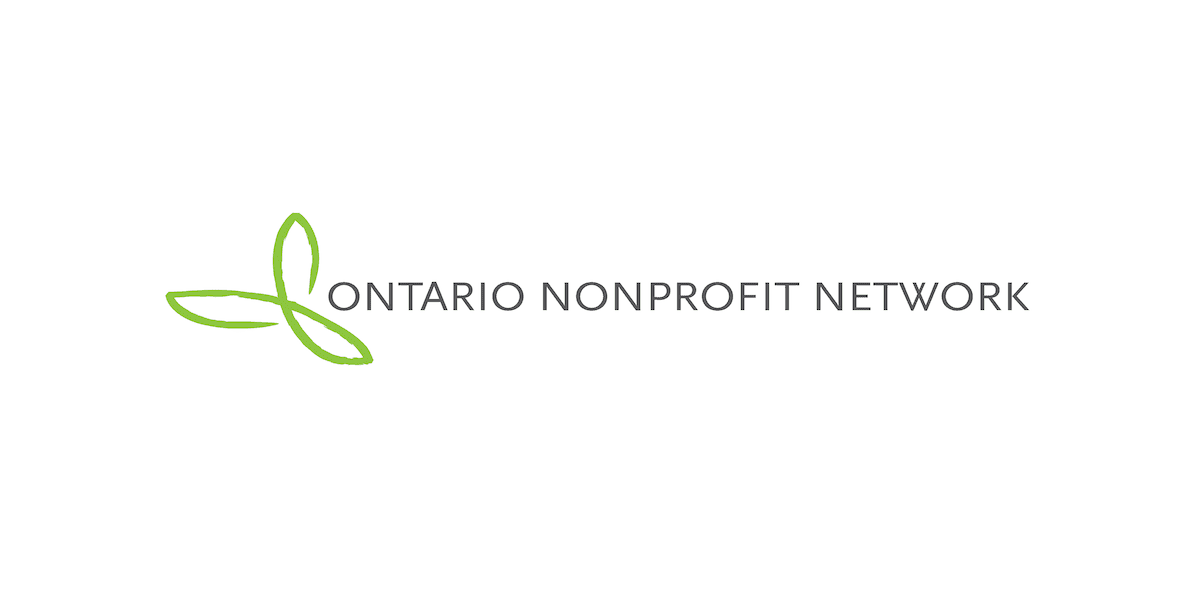
Blog
Three lessons nonprofits can learn about networks from nature
I recently took a course on reimagining women and power as part of my professional development as a member of the policy team at ONN. I noticed a pattern emerging among the speakers that presented throughout the course. Almost every single one touched on our need to learn from nature and use it as a guide for building stronger and more resilient networks. The topic felt incredibly relevant given that ONN operates as a network, we rely on our network, and actively encourage the development of regional networks.
Growing up in a society where domination and hierarchy are the norms, I had never before considered what I could learn from nature, but this recent course has expanded my worldview tremendously. I now ask: What successful network structures can we look to, to inspire us to rethink how we build, grow, and protect ourselves?
Then I learned about mycelium. Did you know, mycelium networks are vital to our ecosystems and they work to remain the reliable backbone for billions of living species?

Mycelium is a root-like structure of a fungus consisting of a mass of branching networks. These networks “increase the efficiency of water and nutrient absorption of most plants. [They are] important to almost all species of plants, many species co-evolving with the fungi. Mycelium is a primary factor in a plant’s health, nutrient intake, and growth, and a major factor to plant fitness.”
Like mycelium, nonprofits are critical to communities’ well-being, and the barometer government uses to check on local well-being.
We know we are stronger together, but how are we making sure our networks extend beyond our sub-sector silos? How are we sharing knowledge across the sector? How are we making sure our network is prepared and resilient during emergencies? What successful network structures can we look to, to inspire us to rethink how we build, grow, and protect ourselves?
Here are three things I learned about the power of networks from the mysterious and fascinating network that lives woven under our feet.
1. Our strength lies in our ability to build reciprocal relationships.
In response to their environment or signals for help, mycelia can redirect nutrients to other areas of the network in defense. Sending these signals allows the network time to prepare, to fight.
Our networks are often limited to other organizations conducting similar work to ours. In order to strengthen our ability to respond to crises, we must broaden our network. How can nonprofits find areas of collaboration and connection that don’t involve reinventing the wheel and allow us to redirect support to areas that need it quickly and efficiently?
This is where relationship building with reciprocity becomes vital to our work. Grounding our relationships in reciprocity will allow us to rethink how and with whom we connect. As housing issues become environmental issues, child care issues become health care issues, and as art issues become community wealth-building issues, we need to reimagine our traditional approaches to relationship and network building.
If we take the time to create a broader network, one that includes partnerships outside of the ones where our missions align, it will help us better prepare for crises. How? Because we’ll have more allies and partners to weather the storm with. Reciprocal relationships also open the doors for us to ask for help from each other not just as colleagues or sector partners, but as community members and friends.
As we face uncertain economic, environmental, and social futures, we must learn from mycelium’s consistent and reliable process of signalling and preparing. Rethinking the status quo on network building will provide us with the connections and relationships necessary to react and respond quickly when the unpredictable happens.
2. Time to get creative about how we nourish our network
A mycelium takes elements like carbon that are trapped in organic matter and through decomposition, they process and release those elements back into the ecosystem for other organisms to use.
As mycelium breaks down elements to share with their ecosystem, we too can deconstruct knowledge, barriers, and advocacy efforts to share with smaller, under-funded parts of the sector. This would require us to imagine new ways of sharing knowledge and develop practices that are more accessible.
Knowledge can oftentimes be hidden behind paywalls or membership fees and other inaccessible structures. We understand those structures have evolved out of the need to be financially sustainable, but can we introduce sliding-scale membership fees or resource prices to allow more people to join our conversations? Can we guarantee that every outreach event, publication, or webinar we do is fully accessible to everyone? What possibilities exist if community members and activists also have access to knowledge and resources developed by our sector?
In order for our networks to thrive we need to fight for the emotional, cooperative, and compassionate intelligence that we know we can create. In her book We Are Feminist Leaders, Leila Billing writes, “The more we share our power, the more our access to it grows”. Knowledge is power and any way we can break it down so that all nonprofits are guaranteed access to new and necessary information, will strengthen our networks. Let’s commit to learning from diverse sources and sharing our learnings far and wide.
3. Our ability to protect ourselves is dependent on the variety of tools that we use
A mycelium uses a vast arsenal of internal weapons to protect and defend itself.
We need to strategize on how to stay connected and protected for the long haul. Over the past few years, the nonprofit sector has struggled with a relentless HR crisis, tied to underfunding, which has prevented nonprofits from serving their communities the best way they can. What can we do to make sure that the whole sector flourishes, not just our own sub-sector?
- Disbursement Quota: The revised disbursement quota (DQ) guidelines are an opportunity to channel funding to smaller organizations and target ones that will help future-proof the sector (environment, community wealth building, healthcare).
- Shared Platforms: We can engage in shared platforms to ensure smaller and-or growing organizations have the capacity to flourish without administrative burdens bogging them down. We know that nonprofits are closing at alarming rates, including nonprofits that developed recently to fill in gaps and respond to unique community needs. Using shared platforms is one way to support the important work these groups are doing to ensure the well-being of our communities.
These small changes have the potential to protect vital areas of the sector that don’t often get the attention they need and deserve. Those of us with the capacity to support them should be working to do so, that way we can guarantee their invaluable voices, knowledge, and experiences will remain a consistent presence in our network.
Nature’s lessons can help our networks thrive
In her seminal text Braiding Sweetgrass, Robin Wall Kimmerer states, “It takes humility to learn from other species.” Could appropriating this ecological structure help us become stronger, more connected, or more sensitive even? Perhaps, but we already know that a sector-wide approach has the potential to make us all better prepared for the future, so why not learn how one of the world’s oldest and most experienced networks has consistently done it?
We are stronger the more interwoven we become and our connectedness is what defines us. Sharing, learning, and building with one another, beyond our usual traditional means, will allow us to continue being one of the oldest, strongest, and most reliable networks for our communities too.
Further readings:
- Emergent Strategy: Shaping Change, Changing Worlds by Adrienne Maree Brown
- Entangled Life: How Fungi Make Our Worlds, Change Our Minds & Shape Our Futures by Merlin Sheldrake
- Ecofeminism by Maria Mies & Vandana Shiva
- Enlivenment: Toward a Poetics for the Anthropocene by Andreas Weber. a) “Ecology of Love” Course by Advaya
- Braiding Sweetgrass by Robin Wall Kimmerer
- “The Roots of Sisterhood” by Virginia Vigliar
- “Investing in Indigenous philanthropy through reciprocity” by Jennifer Brennan in The Philanthropist Journal






